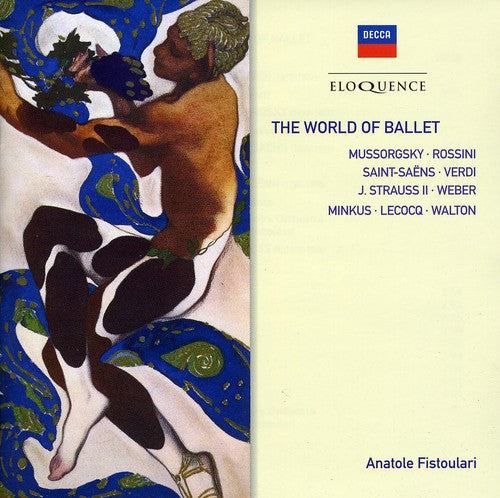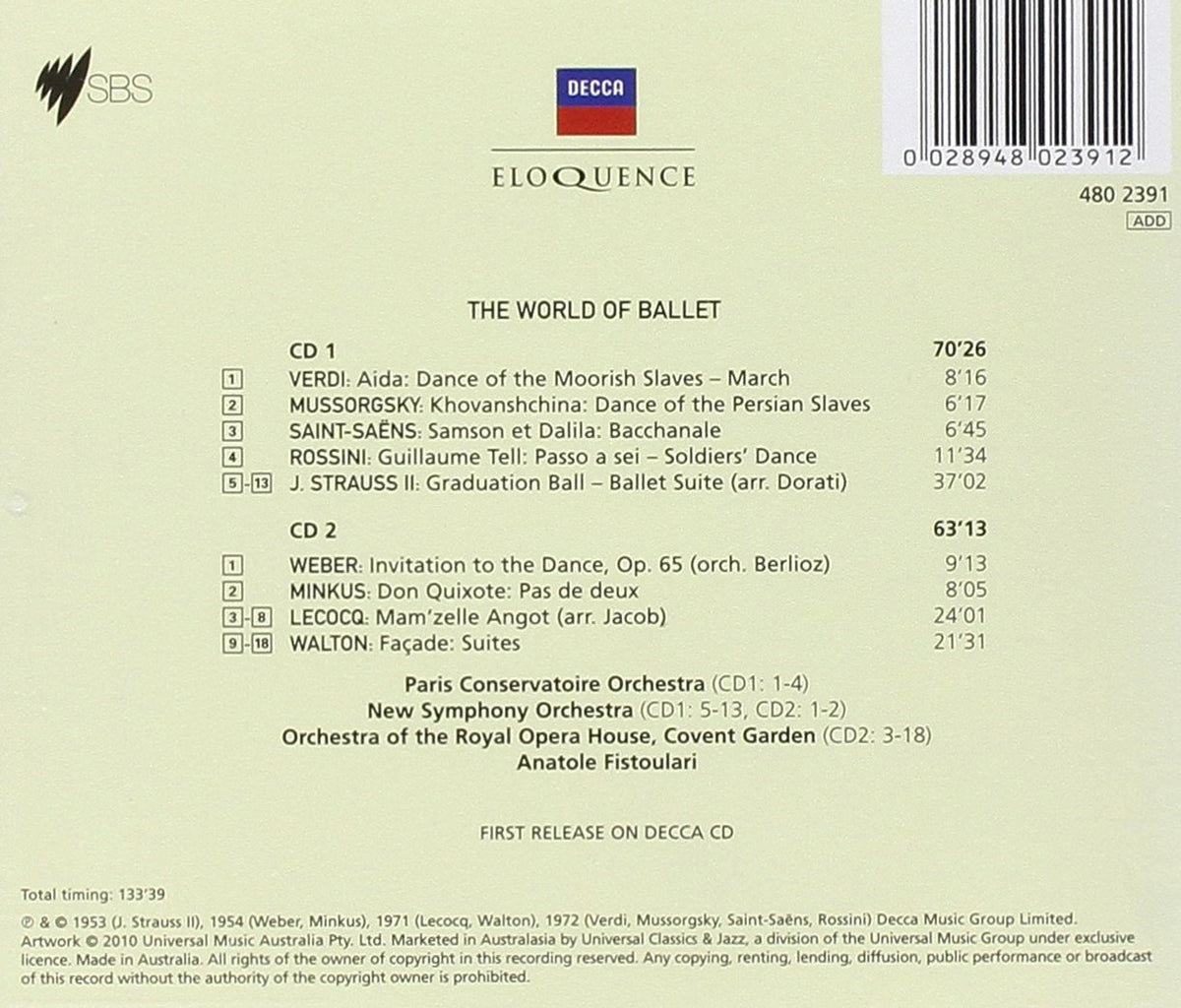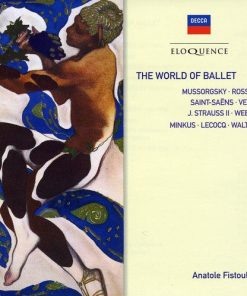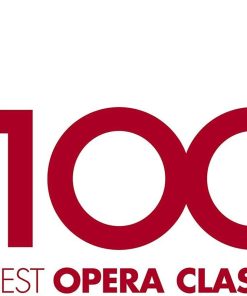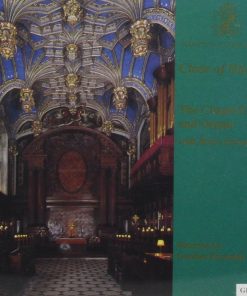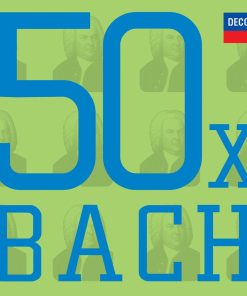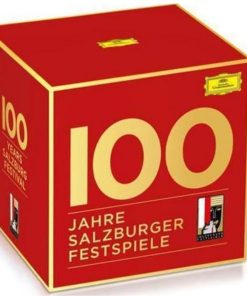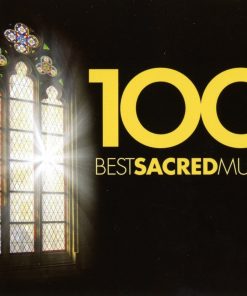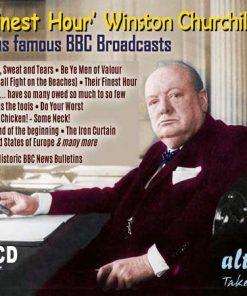THE WORLD OF BALLET – FISTOULARI (2 CDS) DECCA
$ 16,99 $ 10,19

The music on this pair of CDs falls into one of two categories: ballet music from an opera, or ballet music that was not originally intended for dancing at all, but that was subsequently adapted for that purpose. (The exception is Don Quixote, a full-length ballet with an original score.)
Many famous conductors had unusual lives, but the life of Anatole Fistoulari (1907-1995) was more unusual than most. When he was just seven, he conducted a performance of Tchaikovsky’s Sixth Symphony in his native city of Kiev. At thirteen, he conducted Saint-Saëns’s Samson and Delilah in Bucharest. While a young man, he travelled throughout Europe and North America, accompanying bass Feodor Chaliapin and conducting the Ballet Russe de Monte Carlo. Escaping the European mainland in World War II, he came to England, where he soon married Gustav Mahler’s sole surviving daughter, Anna, and was named principal conductor of the London Philharmonic Orchestra. He became a British citizen in 1948. Under a reciprocal arrangement between Decca and RCA, the Verdi, Mussorgsky, Saint-Saëns and Rossini items – all ‘opera-ballets’ – first appeared on RCA in 1960. Their first Decca release (under the title ‘The World of Ballet’) was not until 1972. Likewise, the Lecocq and Walton items were published in 1959 by RCA but in 1971 by Decca.

CD1
1 VERDI: Aida: ballet music
2 MUSSORGSKY: Khovanshchina: Dance of the Persian Slaves
3 SAINT-SAENS: Samson et Dalila: Bacchanale
4 ROSSINI: William Tell: ballet music
5-13 J. STRAUSS II/DORATI: Graduation Ball
CD2
1 WEBER/BERLIOZ: Invitation to the dance
2 MINKUS: Don Quixote: Pas de deux
3-8 LECOCQ: La fille de Madame Angot: ballet music
9-18 WALTON: Facade: suites.
Paris Conservatoire Orchestra (CD1: 1-4)
New Symphony Orchestra (CD1: 5-13, CD2: 1-2)
Orchestra of the Royal Opera House, Covent Garden (CD2: 13-18)
Anatole Fistoulari
Fast Shipping and Professional Packing
Due to our longstanding partnership with UPS FedEx DHL and other leading international carriers, we are able to provide a range of shipping options. Our warehouse staff are highly trained to pack your goods exactly according to the specifications that we supply. Your goods will undergo a thorough examination and will be safely packaged prior to being sent out. Everyday we deliver hundreds of packages to our customers from all over the world. This is an indication of our dedication to being the largest online retailer worldwide. Warehouses and distribution centers can be located in Europe as well as the USA.
Orders with more than 1 item are assigned processing periods for each item.
Before shipment, all ordered products will be thoroughly inspected. Today, most orders will be shipped within 48 hours. The estimated delivery time is between 3-7 days.
Returns
The stock is constantly changing. It's not entirely managed by us since we are involved with multiple parties such as the factory and our storage. The actual stock can fluctuate at any time. Please understand it may happen that your order will be out of stock when the order is placed.
Our policy is valid for 30 days. If you haven't received your product within 30 days, we're not able to issue either a return or exchange.
You are able to return a product if it is unused and in the same condition when you received it. It must also still remain in the original packaging.
